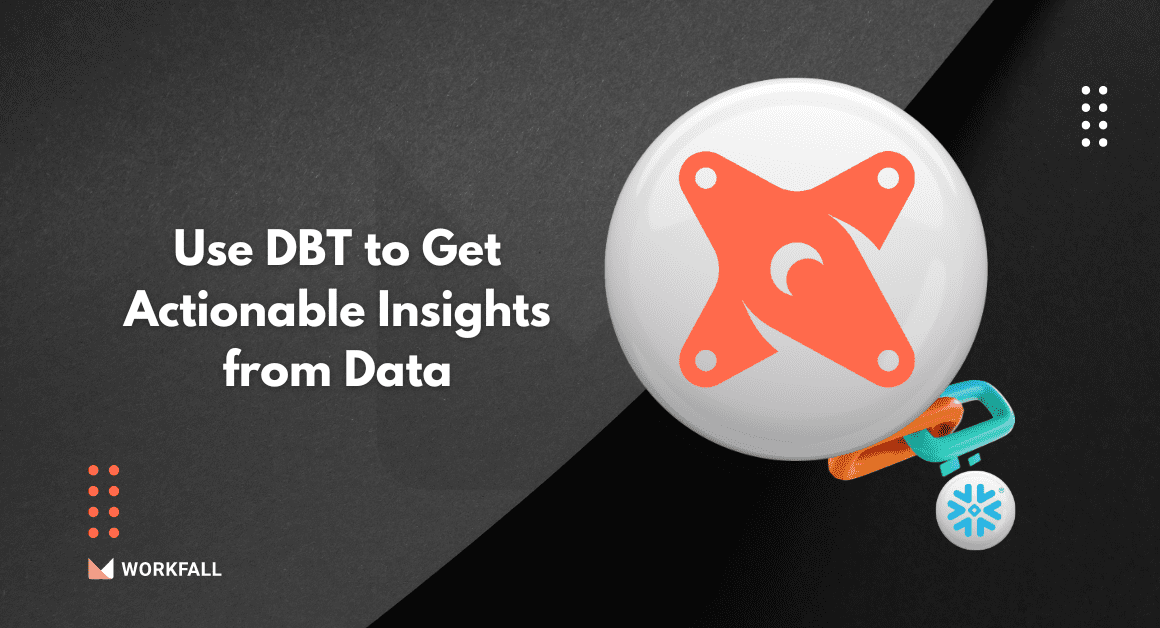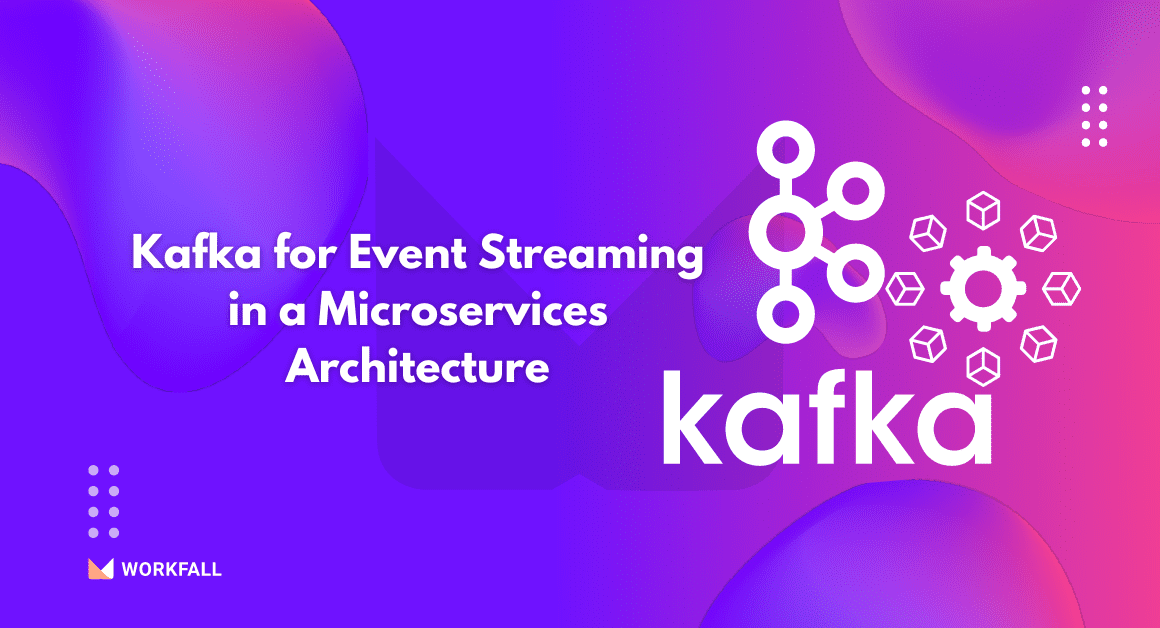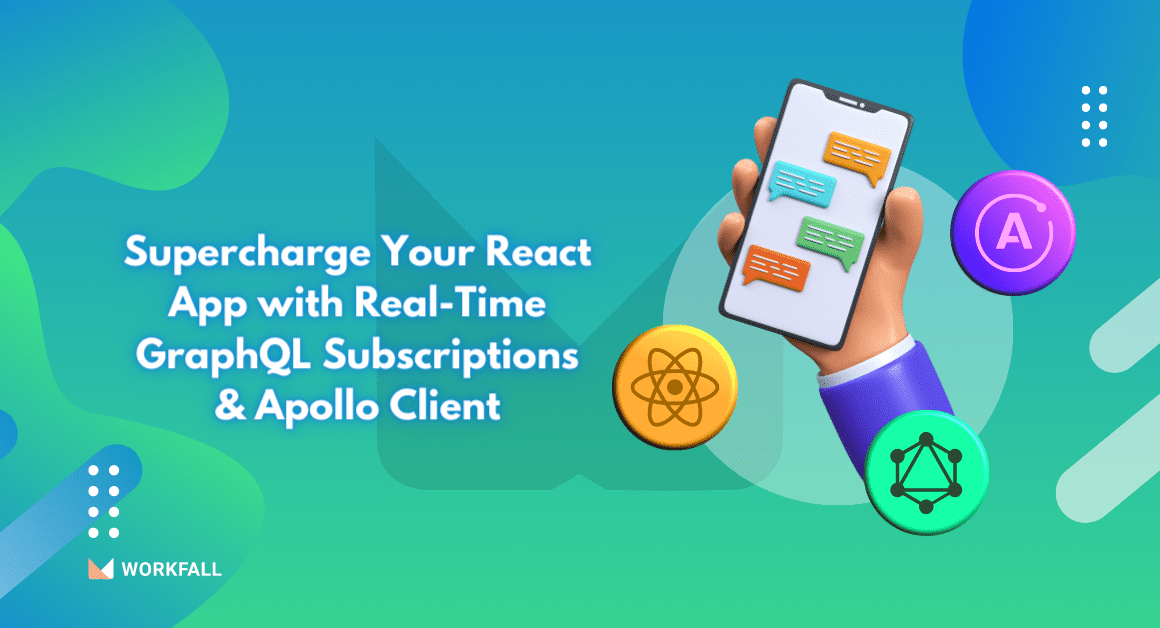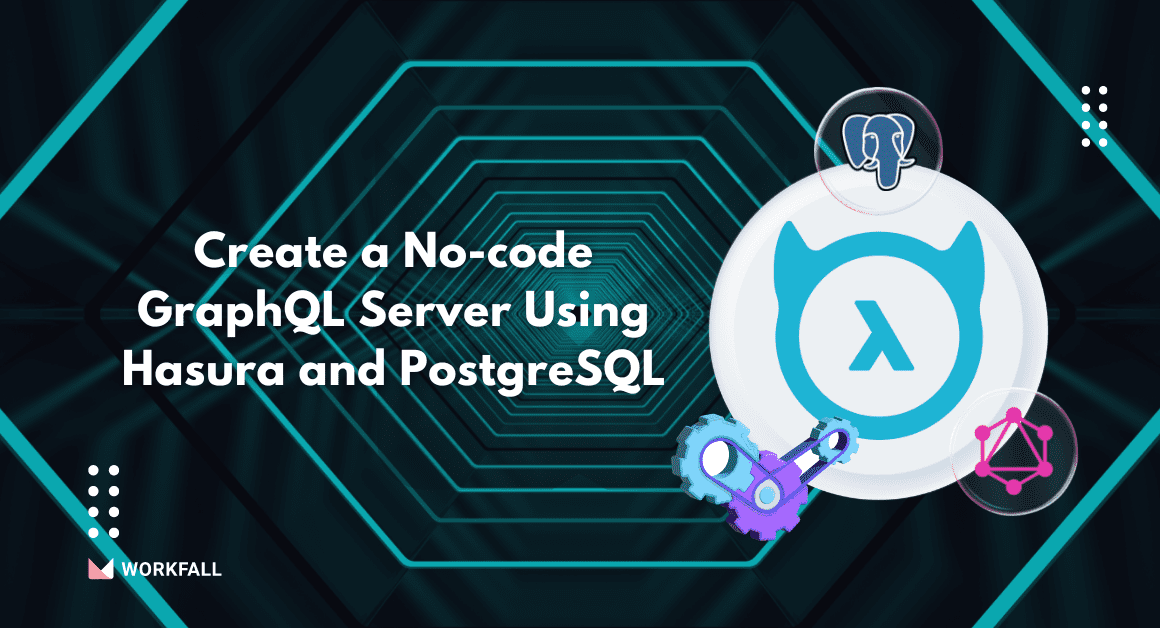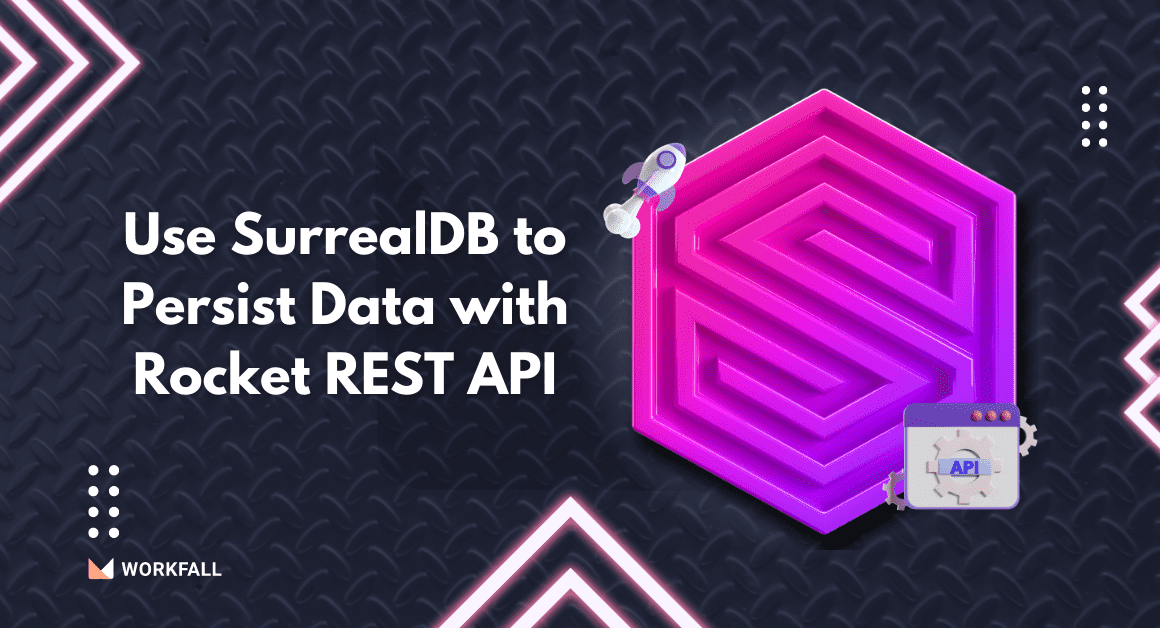How to Use DBT to Get Actionable Insights from Data?
Reading Time: 8 minutes In the world of data engineering, a mighty tool called DBT (Data Build Tool) comes to the rescue of modern data workflows. Imagine a team of skilled data engineers on an exciting quest to transform raw data into a treasure trove of insights. With DBT, they weave powerful SQL spells to create data models that […]
How to Use Kafka for Event Streaming in a Microservices Architecture?
Reading Time: 7 minutes The world of creating real-time applications can get complex when we have to consider latency, fault tolerance, scalability, and possible data losses. Traditionally, web sockets were the go-to option when it came to real-time applications, but think of a situation whereby there’s server downtime. It means that there is a high risk of data loss […]
Unleashing the Power of CDC With Snowflake
Reading Time: 9 minutes Picture a vibrant landscape of bustling tech hubs, where businesses thrive and decisions are made in the blink of an eye. In this dynamic realm of data engineering, a monumental challenge takes centre stage: efficiently managing the ever-changing tides of real-time data. Data, the lifeblood of organisations, holds the key to unlocking untapped potential and […]
Deploying a Rust Rocket REST API on AWS EC2 with Docker and GitHub Actions
Reading Time: 5 minutes When Rust compiles code, you get an executable if you created the application using the –bin command. In this blog, we shall look at how we can create a Dockerfile to create an image with this executable. We shall then deploy this image on EC2 using GitHub Actions which will be set on our repository […]
Deploy a Yew Rust Application on an AWS EC2 Ubuntu Instance & Nginx
Reading Time: 5 minutes After you’ve finished developing your Yew Rust application, it’s time to make it available to your users. It is expected to be placed on a server someplace, either on a Cloud service provider or an on-premises server, for this purpose. This blog will go over how to launch your Yew Rust application on AWS EC2. […]
Supercharge Your React App with Real-Time GraphQL Subscriptions & Apollo Client
Reading Time: 6 minutes Modern applications are getting more real-time. Notification updates, chat messaging applications, and financial market updates are all examples of real-time updates in online apps. With a feature called subscriptions, GraphQL makes it simple to create apps with low latency, and real-time updates. In this blog, we will discuss: Polling WebSockets GraphQL Subscriptions Apollo Client Features […]
Building Real-Time Apps with NestJS and GraphQL Subscriptions
Reading Time: 6 minutes Real-time applications are important in several instances. Especially in a scenario whereby immediate feedback is important such as messaging apps and IoT apps. Let’s imagine a case in IoT whereby a smoke detector needs to relay information to water sprinklers in a burning building. This information has to be in real-time to save the situation […]
Create a No-code GraphQL Server Using Hasura and PostgreSQL
Reading Time: 7 minutes To handle CRUD, authorization, and business logic, backend developers frequently need to write several lines of code. All of this code must be tested, debugged, and maintained for the duration of the project. This consumes a significant amount of time that developers could be used to create new features. This blog will demonstrate to you […]
Use SurrealDB to Persist Data with Rocket REST API
Reading Time: 8 minutes Databases are essential in web development for organizing data in various forms and shapes (both structured and unstructured). Their ultimate goal is for the stored data to be easily retrievable, updated, queried, and generally administered via a graphical user interface (GUI), dashboard, or even command line interface (CLI). We can use database management systems to […]
How to Handle Forms Efficiently in Yew Web Development?
Reading Time: 6 minutes In order to create a Yew web application, one must create mechanisms to allow end users to interact with the system and provide data via online forms. This is where form handling comes into play. Yew offers Rust’s rich type ecosystem which can be a great tool when it comes to ensuring data integrity on […]
